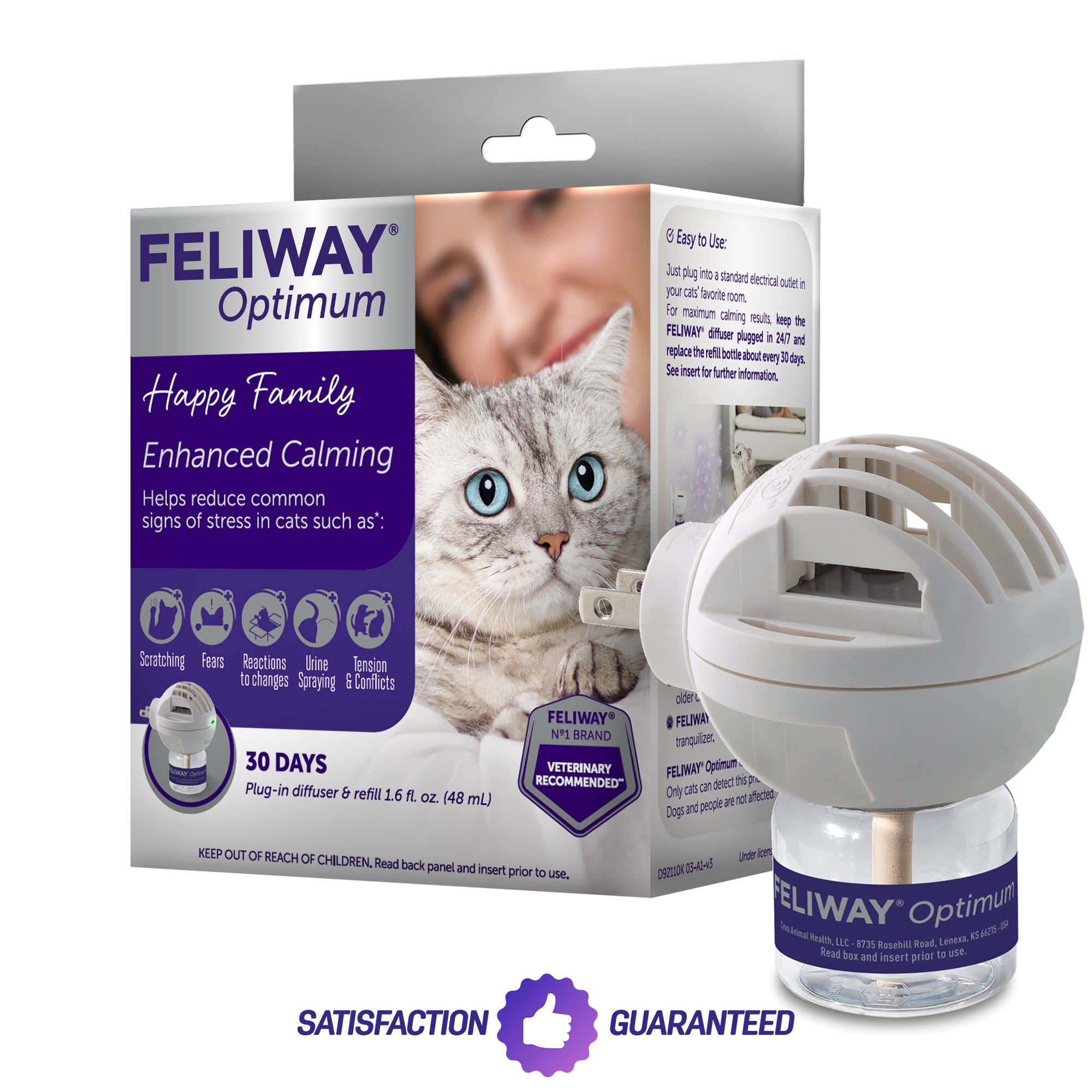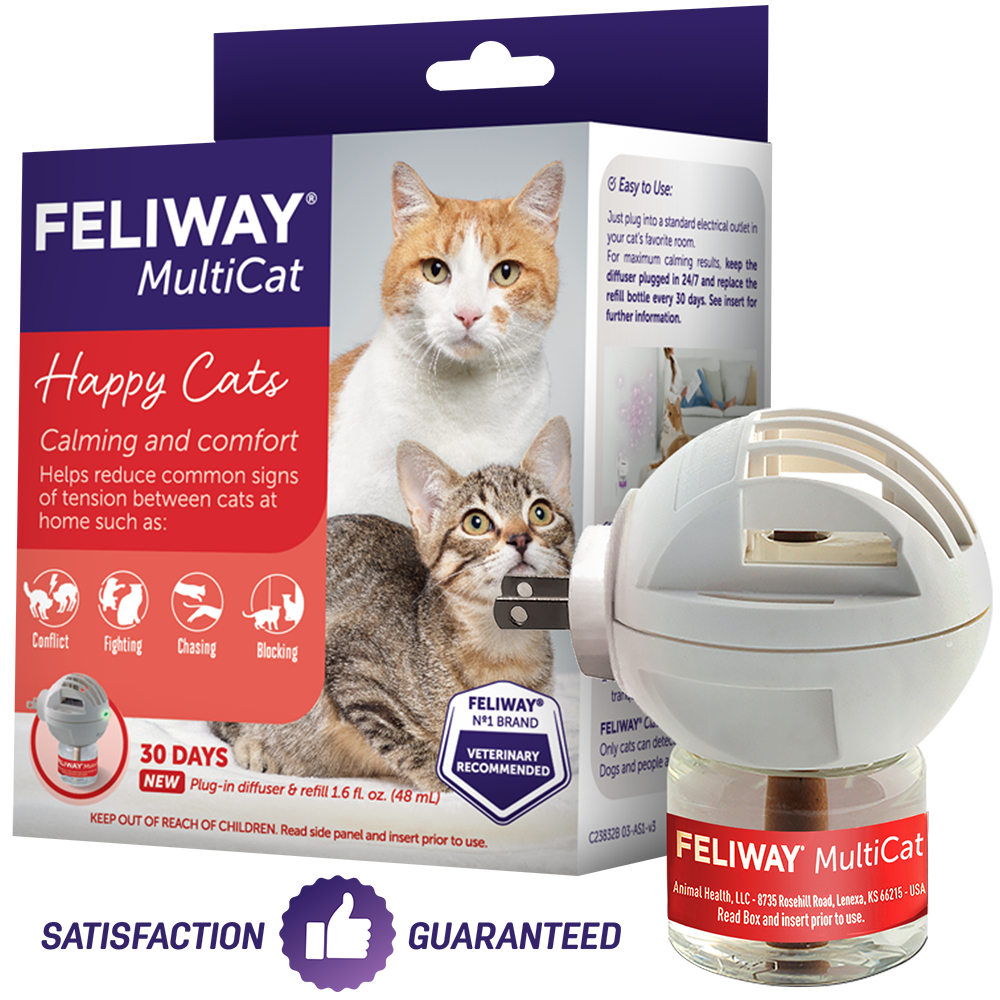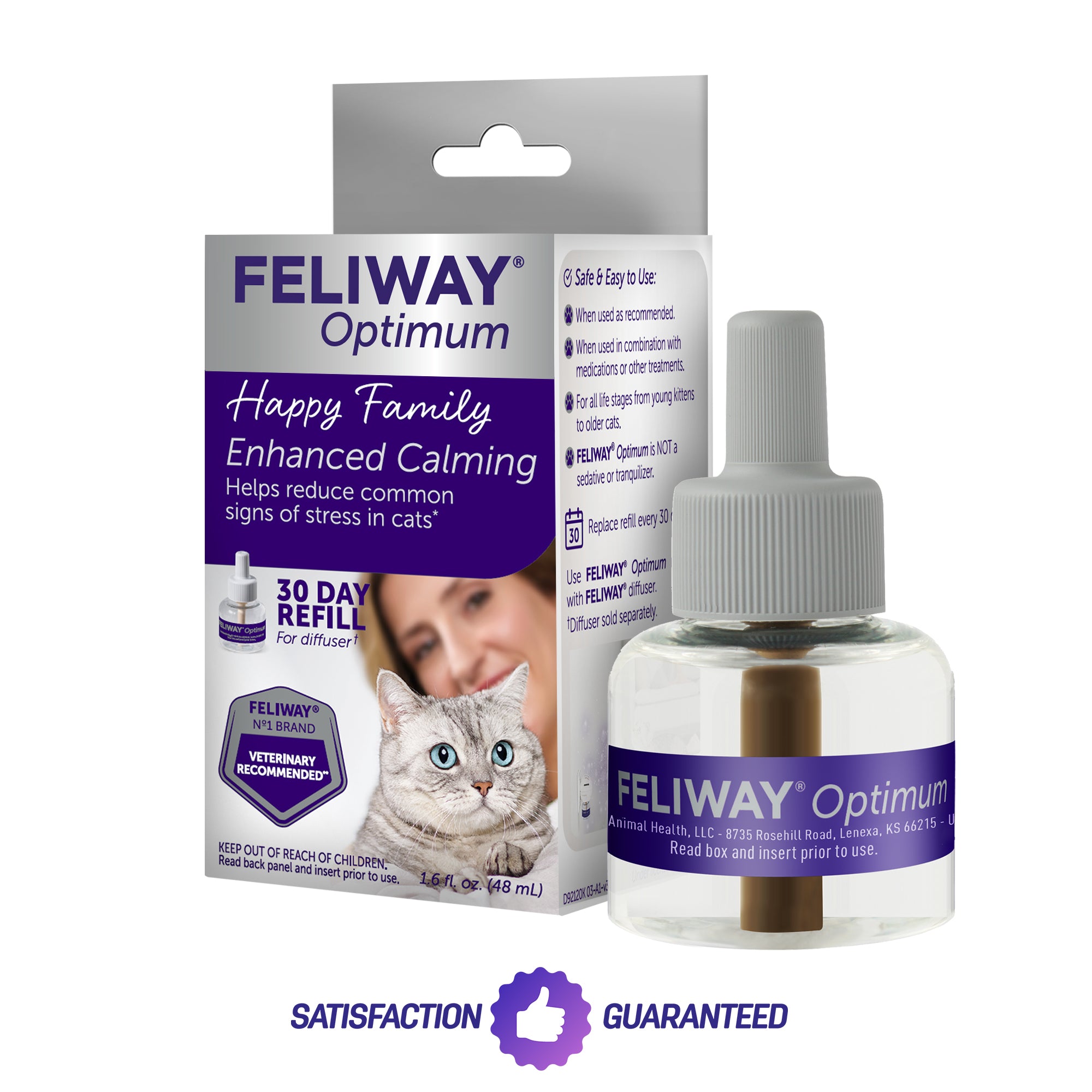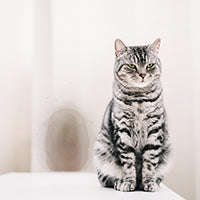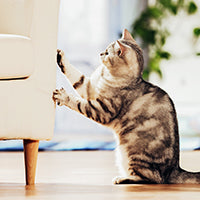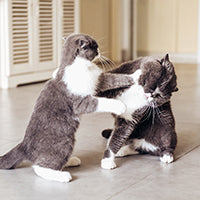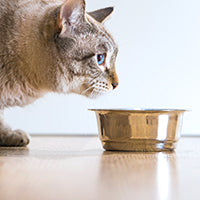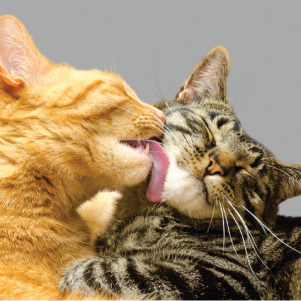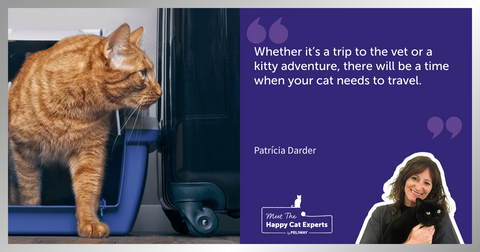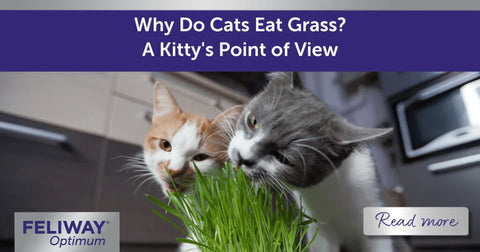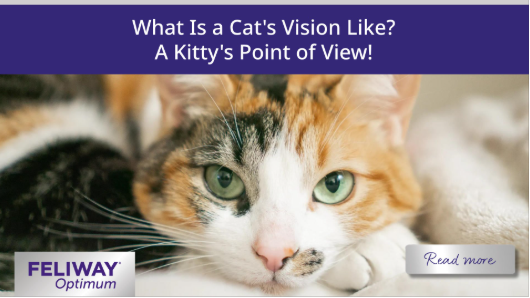
What Is a Cat’s Vision Like? A Kitty’s Point of View!
Well, who do we have here? If it isn’t my favorite cat expert! Not that I should act surprised—I picked up your movements the moment you entered the room.
Now tell me, human, have you ever wondered what the world looks like through my feline eyes? You might think we see things the way you do, but let me tell you, our perspective is quite different! You rely on crisp details and vibrant colors, but then you always were a primitive bunch. Us cats, on the other hand, are much more finely attuned for movement, depth, and low-light vision.
Want to learn more? Of course you do! Let’s take a little peek into how cats see and compare our cat vision to human vision.
How Good is Cat Vision?
So, just how well can we cats see? Well, if I’m really honest, it depends.
As a natural-born hunter, my vision is designed for tracking and catching prey. But I should probably clear up a common misconception to start with. While I can spot the slightest movement from across the room, I don’t actually have the best vision acuity. By that, I mean my ability to focus on a single point or detail.
In fact, for us cats, things start getting blurry beyond 20 feet (56 meters). By comparison, you humans can see clearly up to as much as 200 feet (60 meters)!
But don’t feel sorry for me, human. What I lack in clarity, I more than make up for in motion detection. My large field of vision helps me pick up the tiniest twitch of a mouse’s whisker. This ability in particular is what makes a cat’s vision so impressive.

How Do Cats See the World?
Seeing Color
Unlike you, I don’t see the world in a rainbow of colors. A cat’s vision is more muted, like a faded painting that’s been left too long in the sun.
I experience a lot of greys – a result of us cats having just a fifth of the cone cells you humans do – but I can still distinguish shades of blue, green, and yellow. Distinguishing reds and oranges, though? Not so much! And on that note, if you’re ever picking out a toy for me, go for blue or yellow—these colors stand out the most.
Depth & Field of View
Of course, color is unimportant for hunting, so I don’t mind if I can’t pick out the finer details of Picasso’s cat paintings—and between you and me, I’m not convinced he knows what a cat looks like anyway!
In any case, I make up for it with other aspects of my vision.
A cat’s eyes sit on the front of the head, allowing for excellent depth perception. I can judge distances with precision, making sure I land gracefully when I leap onto the kitchen counter (even when you wish I wouldn’t), or when I pounce on a toy. And with a wider field of view (200 degrees compared to a human’s 180 degrees), I can scan my surroundings without having to move my head so much.
What can I say? All part of being an expert hunter.
How Do Cats See in the Dark?
Here’s where a cat’s eyesight really shines—and I mean that literally.
Have you ever noticed my eyes glowing in the dark? That’s thanks to the tapetum lucidum, a reflective layer behind my retina that bounces light back through my eyes, improving my night vision. In fact, this allows me to see in light levels six times lower than what you humans see.
And let’s talk about my pupils. They can dilate into enormous saucers, letting in as much light as possible. My eyes are also packed with rod cells that help me to see in low level light. Whether I’m prowling in the moonlight or hunting a toy under the sofa, my low-light vision is perfectly adapted for nocturnal adventures.
So, next time you ask “How do cats see in the dark?”, just remember—I may not have night vision goggles, but I’m pretty close.
Comparing Cat Vision vs Human Vision
Let’s put things into perspective. See what I did there? And they say cats don’t have a sense of humor!
If we were to swap eyes for a day, here’s what you’d notice:
-
Visual clarity – I struggle to focus on details beyond 20 feet or 6 meters, while you can see clearly by up to as much as 200 feet or 60 meters.
-
Color vision – I can see blues and greens but struggle with reds, while you enjoy a full color spectrum.
-
Field of view – Mine is around 200 degrees, giving me better peripheral vision than your 180 degrees.
-
Low-light vision – I can see in light levels six times lower than you, while you struggle in dim lighting.
-
Motion detection – I have superior motion perception, while your reaction to movement is slower.
-
Flicker factor – My eyes can perceive up to 70 images per second, whereas a human’s can only catch around 45.
Actually, this last point is worth expanding on. Do you know those flickering fluorescent lights humans put up sometimes? Well, the flickering may be undetectable to you humans, but it can drive us cats crazy! Is something to consider when putting off changing any flickering bulbs in the house.
A Kitty’s In-sight-ful Conclusion
And so, we come full circle. While my eyesight may not be as sharp as yours over long distances, it’s perfectly attuned for my feline needs. I don’t see the world in high definition, but I can rely on my other senses like whiskers, scent, and hearing to navigate my world just fine.
And remember, if you notice any changes in my eyes—like redness, discharge, or if I start bumping into things—it’s time for a vet visit! After all, even the keenest hunter needs to keep their eyes on the prize.
See what I did there? Another joke! How many jokes has the dog made today? Not as many as me, I bet. Go on, add humor to my list of skills. In fact, maybe that should be the subject of my next article: ‘4,000 Reasons Cats Are Funnier Than Dogs’. I’ll have my agent add it to the list.
Fancy learning more about how cats experience the world around them, or simply want more fascinating insights told through a cat’s eyes? Well, you’re in luck! We have a huge range of articles to continue exploring online. And if you’d like to receive the latest updates straight into your inbox, don’t forget you can also sign up to our newsletter.
